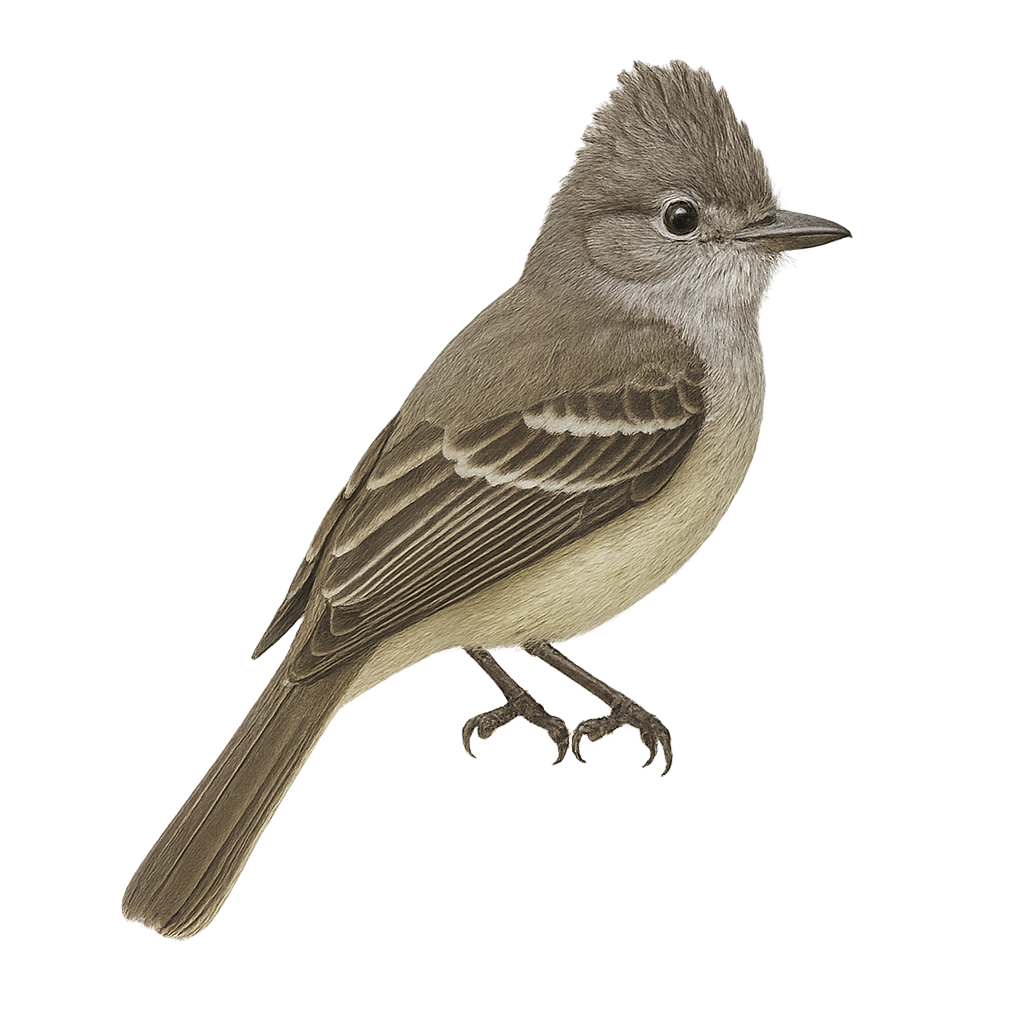Your wildlife photography guide.
Explore the yellow-bellied elaenia in detail, study its behavior, prepare your shots.
Where to observe and photograph the yellow-bellied elaenia in the wild
Learn where and when to spot the yellow-bellied elaenia in the wild, how to identify the species based on distinctive features, and what natural environments it inhabits. The WildlifePhotographer app offers tailored photography tips that reflect the yellow-bellied elaenia’s behavior, helping you capture better wildlife images. Explore the full species profile for key information including description, habitat, active periods, and approach techniques.
Yellow-bellied Elaenia
Scientific name: Elaenia flavogaster

IUCN Status: Least Concern
Family: TYRANNIDAE
Group: Birds
Sensitivity to human approach: Suspicious
Minimum approach distance: 5 m
Courtship display: February to June
Incubation: 16-18 jours
Hatchings: February to July
Habitat:
Tropical forests, savannas, open woodlands
Activity period :
Primarily active during the day, with peak activity in the morning and late afternoon.
Identification and description:
The Yellow-bellied Elaenia is a small passerine bird belonging to the Tyrannidae family. This bird is easily recognizable by its bright yellow belly contrasting with its dull olive back. It has a subtle crest and slightly white-striped wings. It is primarily found in tropical and subtropical forests but also adapts to open woodlands and savannas. Its song is distinctive, often described as a melodious whistle. The elaenia is a diurnal bird, active mainly in the morning and late afternoon. It feeds primarily on insects and fruits, which it captures in flight or by foraging through foliage.
Recommended lens:
400 mm – adjust based on distance, desired framing (portrait or habitat), and approach conditions.
Photography tips:
To photograph the Yellow-bellied Elaenia, it's advisable to use a 400mm lens or longer to capture detailed images without disturbing the bird. Look for it early in the morning or late afternoon when it is most active. Try to blend into the environment to avoid scaring it, and use a tripod to stabilize your camera. Focus on areas where it feeds, such as fruit trees, to maximize your chances of spotting it.
The WildlifePhotographer App is coming soon!
Be the first to explore the best nature spots, track rutting seasons, log your observations, and observe more wildlife.
Already 1 429 wildlife lovers subscribed worldwide

